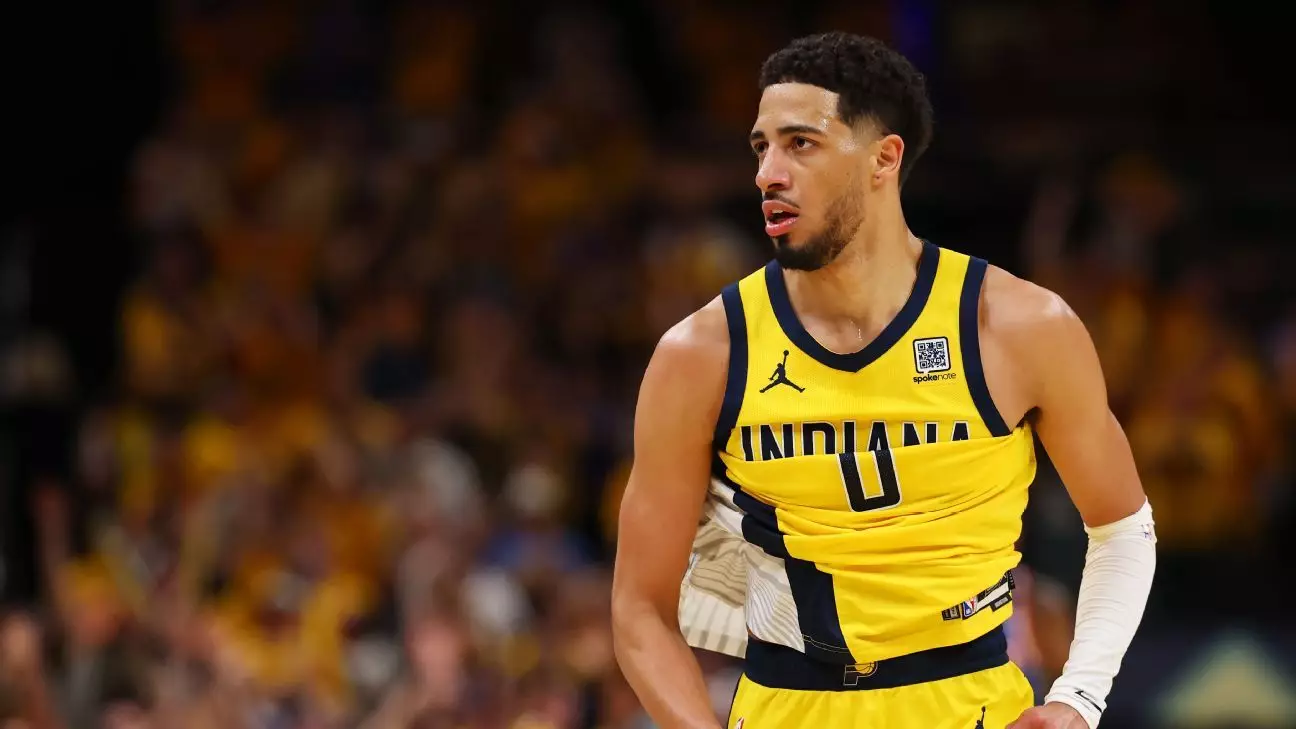In the high-stakes world of professional basketball, injuries are an inevitable dark cloud looming over athletes and teams alike. Recently, Tyrese Haliburton, a promising young star, openly questioned the common assumptions surrounding the surge in Achilles injuries across the NBA. While many blame excessive game workloads or strenuous minutes, Haliburton’s perspective challenges us to reconsider whether injury patterns are truly predictable or merely a product of unpredictable, unfortunate events.
As Haliburton points out, much of the current discourse about injury causation simplifies a complex, multifactorial issue. The common narrative that overexertion and fatigue lead to tears might be an oversimplification, neglecting the nuanced interplay of biomechanics, genetic predisposition, and perhaps even psychological factors. His own injury—suffered during what appeared to be a routine game—serves as a stark reminder that even with optimal preparation, luck still plays a significant role. This raises a fundamental question: Are efforts to prevent injuries enough, or do athletes and teams need to accept that some misfortune is beyond control?
The notion that injuries are purely random events dismisses the advancements in sports science that aim to monitor and mitigate risks. While workload management undoubtedly influences injury rates, Haliburton’s insight invites us to look deeper. The sporadic nature of Achilles tears suggests that focusing solely on external factors may overlook the internal vulnerabilities—like tissue quality and recovery capacity—that are less easily tracked but equally impactful.
Beyond the Surface: The Complexity of Achilles Injuries
Haliburton’s candid commentary reveals a truth often overlooked: athletes operate under immense physical stress, and the line between pushing limits and risking injury is razor-thin. His own experience—playing on a calf strain that was initially manageable—exemplifies how even minor issues can escalate in unpredictable ways. In fact, his injury occurred despite passing stress tests and feeling “great” going into Game 7, illustrating how superficial assessments might not capture the underlying fragility of tendons.
This ambiguity complicates injury prevention strategies. Teams invest heavily in biomechanics, load management, and recovery protocols, yet injuries persist. The Achilles tendon, known for its susceptibility to tears due to its anatomical makeup and blood supply limitations, is inherently vulnerable. But the fact that most tears happen early in the season suggests that factors like tissue adaptation, micro-tears accumulation, and individual physiology may be critical pieces of the puzzle that current models overlook. Perhaps, our understanding of injury risk is too weighted toward external variables, neglecting biological variability intrinsic to each athlete.
Thus, widespread injury prevention initiatives must evolve from mere workload monitoring to a more personalized approach. Genetics, tissue health, and even mental resilience could hold keys to better forecasting and preventing devastating injuries. Haliburton’s approach—using this setback as an opportunity for growth—exemplifies the need for a holistic view of athlete health, one that goes beyond surface metrics.
The Resilience of the Human Spirit and the Future of Injury Management
While it’s easy to dwell on the frustrations and uncertainties associated with Achilles injuries, Haliburton’s attitude demonstrates resilience—a trait crucial for athletes navigating adversity. His openness about learning from others’ experiences, like Kevin Durant and Jayson Tatum, underscores a mindset of growth and adaptation. Rather than solely blaming external factors, he’s choosing to refine his approach, expand his basketball IQ, and contribute meaningfully off the court during his recovery.
This shift towards long-term athlete development signifies an intelligent evolution in professional sports. Instead of undervaluing injury setbacks, teams and players might benefit from viewing them as opportunities for introspection and strategic growth. Incorporating more comprehensive health assessments, psychological support, and personalized training regimens could be fundamental in reducing injury severity and frequency.
In the broader context, highlighting the inherent uncertainty surrounding sports injuries should spark discussions about how the industry can better support injured athletes—both physically and mentally. Haliburton’s proactive stance hints at a future where recovery is not just about returning to play but about fostering resilience, intelligence, and innovation within sports medicine. Only then can the relentless pursuit of excellence harmonize with the unpredictable nature of human biology.

